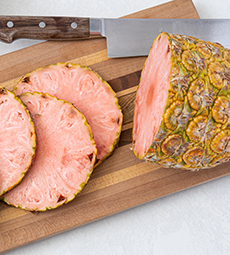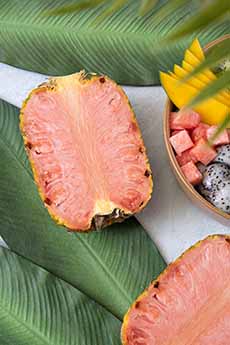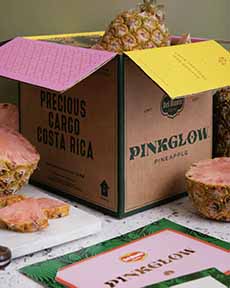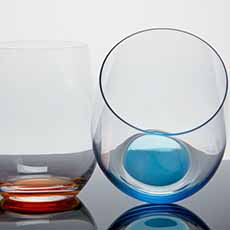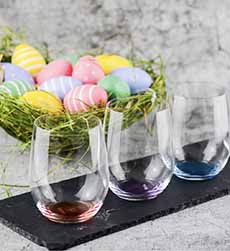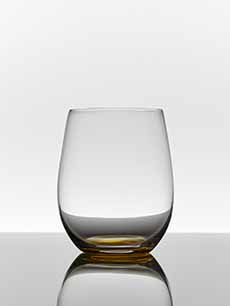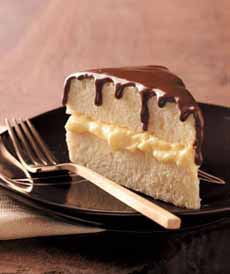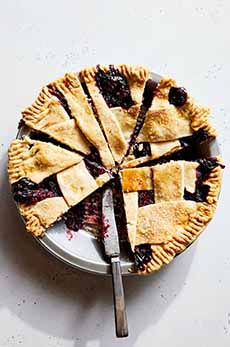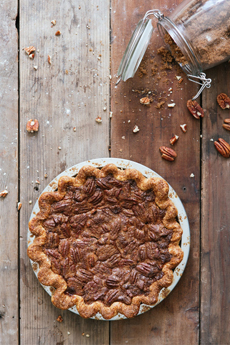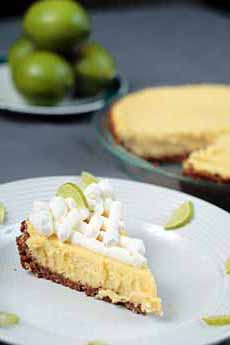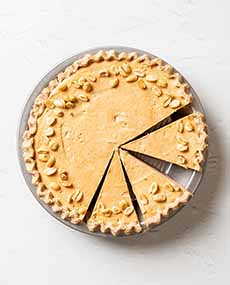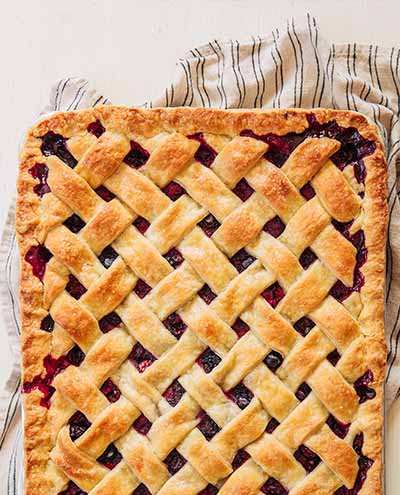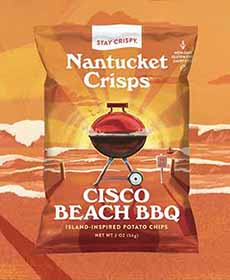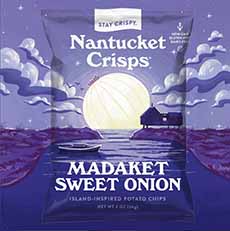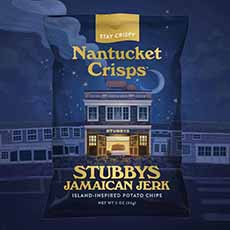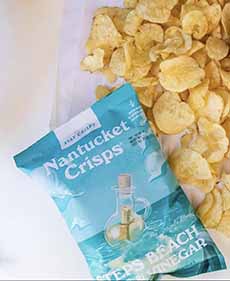|
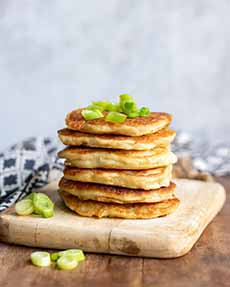
[1] Boxty, Irish potato pancakes. Here’s the recipe (photo © Veggie Desserts).

[2] Coddle, or Dublin coddle, is somewhat like a potato and sausage stew. Here’s a recipe (photo © Wholefully).
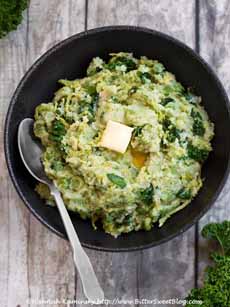
[3] Colcannon consists of otatoes mashed with either cabbage or kale. Here’s a recipe (photo © Hannah Kaminsky | Bittersweet Blog).
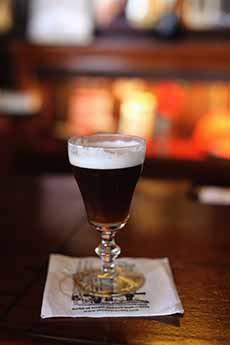
[4] Irish coffee in a traditional stemmed glass. Here’s a recipe (photo © Sarah Power | Unsplash).
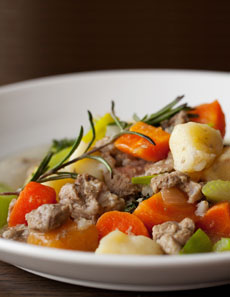
[5] Irish lamb stew. Here’s a recipe (photo © Guinness).
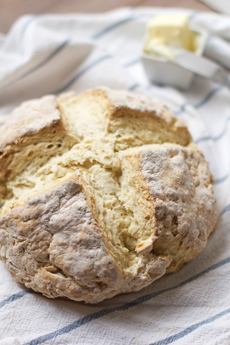
[6] The original Irish soda bread had no currants or raisins. Here’s the recipe (photo © The Baker Chick).
|
|
While the modern generation of chefs has created sophisticated fare in the Emerald Isle, Irish cuisine has long been known for its hearty comfort food dishes. If you’d like to make something new for St. Patrick’s Day, here are some of the classics.
> Also see our 100+ recipes for Irish-themed breakfast, lunch, dinner, dessert, and drinks.
> The history of St. Patrick’s Day.
10 CLASSIC IRISH DISHES
Some of these will sound familiar, some not. We present them in alphabetical order.
All are considered food for the working class.
How about a potluck, so you can assign all of these comfort-food dishes?
Barmbrack: A sweet quick bread filled with sultanas and raisins, barmbrack is an Irish tea bread. Barm is a type of yeast and brack is a loaf of bread. Called it brack for short. During Halloween the loaf is used in a fun fortune-telling game, with coins and other talismans baked the bread. Here’s a recipe. The history of barmbrack.
Boxty: A type of potato pancake made with grated potatoes, mashed potatoes, and sometimes flour—a bit like a cross between a hash brown and a potato pancake. It can be served as a side dish or as a breakfast item. Regional variations exist. The name originates in the 1700s, possibly from the Irish ‘arán bocht tí’, meaning “poor house bread,” due to its humble ingredients. Here’s a recipe (photo #1).
Boxty Dumplings: Similar to boxty pancakes, boxty dumplings are potato-based dumplings that are often served with stews or other hearty meals.
Coddle: A Dublin specialty, coddle is a one-pot dish made with layers of sausage, bacon, onions, and potatoes (photo #2). It is often referred to as a potato and sausage stew. Often cooked to use up leftovers, the only seasonings are usually salt, pepper, and occasionally, parsley. The ingredients are braised in the stock produced by boiling the pieces of bacon and sausage, then simmered slowly for a long time.
Coddle is traditionally eaten as a main meal with bread. The word “coddle” derives from the French caudle which means to boil gently, parboil, or stew. Coddle dates back to the first Irish famine in the late 1700s where anything got thrown into the pot. Here’s a slow cooker recipe.
Dubliners will tell you that coddle is best enjoyed with a pint of Guinness and plenty of soda bread to soak up the juices. Coddle was reputedly a favorite dish of the writers Seán O’Casey and Jonathan Swift, and it appears in several references to Dublin, including the works of James Joyce [source].
Coddle vs. Stew: While both are hearty one-pot meals, coddle is cooked in layers of vegetables, meat, and potatoes with just a small amount of liquid. A stew is much more like a thick soup with cubed meats, vegetables, or both.
Colcannon: Mashed potatoes mixed with either cabbage or kale, and typically flavored with butter, milk, and sometimes scallions or leeks (photo #3). It’s a classic side dish, especially popular during festive occasions. Here’s the history of colcannon, and here’s a recipe.
The variation called champ includes spring onions (scallions), onions, and chives.
Guinness Pie: A savory pie made with a filling of beef or lamb, vegetables, and a rich Guinness-based gravy. The filling is enclosed in a pastry crust and baked until golden brown. Here’s a modern recipe with puff pastry on top of the filling. Here’s the history of Guinness.
Irish Breakfast: A hearty breakfast that typically includes bacon, sausages, black and white pudding*, eggs, tomatoes, and often, baked beans. It’s a substantial meal designed to keep you fueled throughout the day. Irish breakfast tea is a blend of several black teas, most often a combination of Assam teas and Ceylon teas. It is stronger than English breakfast tea. Due to the strength of the brew, it is usually drunk in the morning (with a considerable amount of milk and sugar).
An Ulster Fry is a breakfast plate served throughout the day: bacon, baked beans, black and white pudding (types of sausage), fried eggs, Irish sausage (bangers), potato bread, soda bread, and tomatoes.
Irish Coffee: Irish coffee is a famous drink that consists of hot coffee, Irish whiskey, and sugar, topped with a layer of cream. Here’s how it was invented, and the original recipe.
Irish Stew: A traditional stew made with lamb or mutton, potatoes, carrots, onions, and sometimes barley. It’s often seasoned with herbs like thyme and parsley, and is slow-cooked to develop rich flavors and tenderize the meat. Here’s a recipe.
Soda Bread: A quick bread made with basic ingredients like flour, baking soda, salt, and buttermilk, and optional raisins. It has a dense texture and a slightly tangy flavor. Traditional soda bread may be either brown or white. It has no raisins or currants. Over time, family recipes evolved to include the addition of currants or raisins, caraway seeds, and/or honey. Here’s the history of soda bread, a classic recipe, and a modern recipe with chocolate and peanut butter!
Want dessert? Eat the barmbrack, or:
Apple Cake
Guinness Chocolate Cake
Irish Bread Pudding
Porter Cake With Whiskey-Caramel Sauce
Shortbread
Plus:
Irish Beer Types
Irish Cheeses
________________
*Black pudding and white pudding are traditional oatmeal-based sausages that originated as a way for butchers to use offal (animal organs) after slaughter. Black pudding is made with pig’s blood, but other animal blood can be used (duck, goose, ox, venison). The blood gives it a darker color, like dark red or dark brown. The flavor is earthy. White pudding contains no blood, which is why it’s light brown or beige in color, similar to oatmeal. White pudding typically has light flavors of onions and spices. Modern recipes for both consist of suet or fat, oatmeal or barley, breadcrumbs, and in some cases, pork and pork liver, in a natural or cellulose sausage casing.
|
